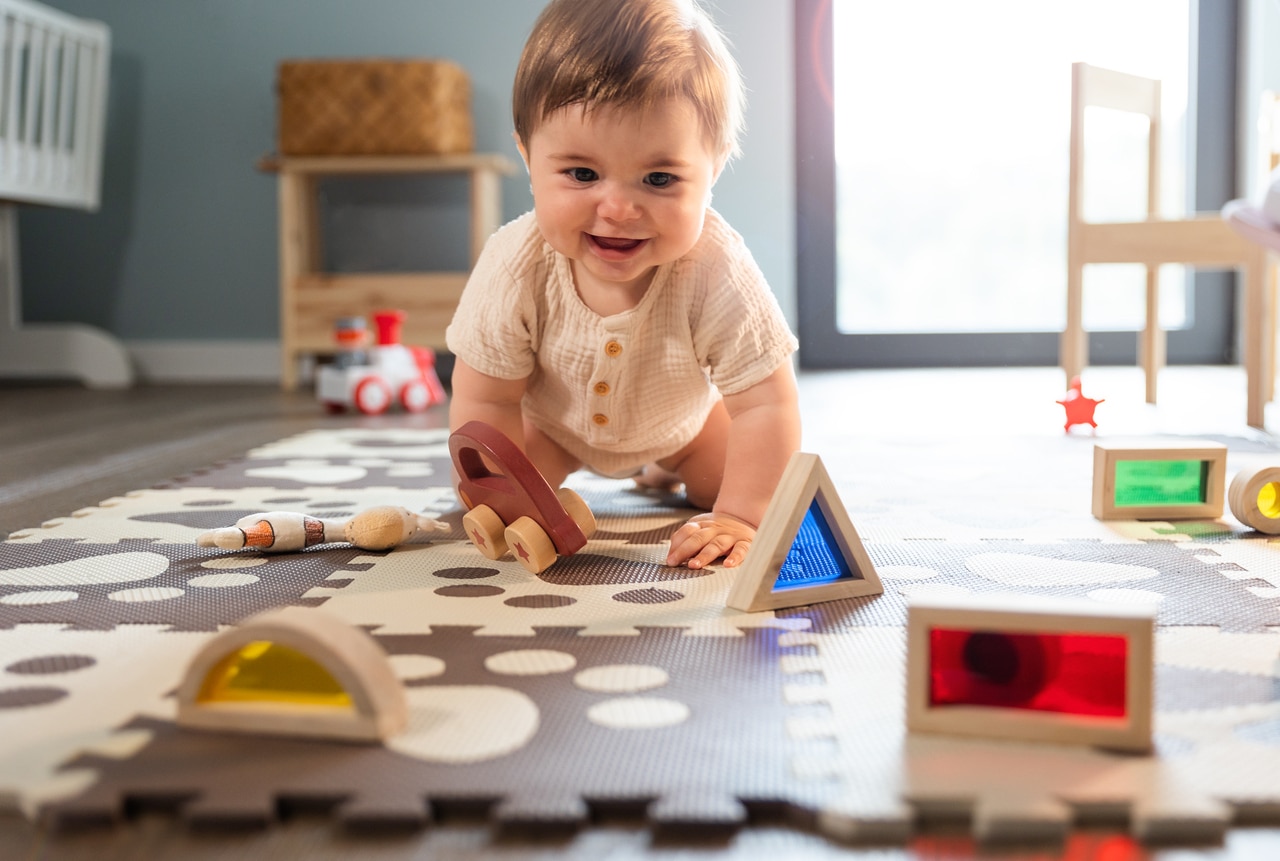Having a baby in the house is an exciting and rewarding experience, but it also requires parents to take extra precautions when it comes to safety. This is especially true once your little one starts crawling and is interested in everything! Luckily, it’s not too hard to babyproof your living room and dining area if you know how. Keep reading for a list of simple steps you can take to ensure that your child remains safe while exploring their new environment.
1. Keep Floors and Low Surfaces Free of Objects
Keeping floors and low surfaces free of objects is an essential part of babyproofing your living room and dining area. Not only can small items present a choking hazard, but heavy items can also cause serious injury if not properly secured. While it may seem like a daunting task to keep everything out of reach, you only need to do this in rooms where the baby will spend a lot of time.
2. Secure Electrical Outlets
Electrical outlets are one of the main hazards in any home, and this is especially true for homes with babies or toddlers. To ensure your child’s safety, it’s important to make sure that all electrical outlets are securely covered. There are a variety of outlet covers available on the market that can help keep your baby safe while also preventing them from tampering with the outlets.
3. Cover Sharp Corners on Furniture
Sharp corners can pose a serious hazard to babies and toddlers, so it’s important to make sure that all furniture in your living room and dining area is properly covered. This includes kitchen and dining furniture sets as well as coffee tables and other pieces of furniture. You can find a variety of corner protectors that are designed to fit easily over sharp edges while also providing cushioning when your little one bumps into them. If the room you are in is going to be regularly used by your children as they grow, it might be worth visiting a site like VidaXL and purchasing furniture that is more child friendly.
4. Ensure Cords and Cables Are Out of Reach
Cords and cables present a unique hazard for babies and toddlers, as they can be a choking hazard if not properly secured. To keep your child safe, make sure that all cords and cables are out of reach or otherwise securely covered. You can use cord covers to contain the wires and prevent your little one from accessing them.
5. Use Baby Gates Where Necessary
Baby gates are a great way to keep your little one from entering areas that are off-limits. For example, if you have stairs in your living room or dining area, you should consider installing baby gates to prevent your child from accessing them. This will ensure their safety while also giving you peace of mind knowing that they are secure and out of harm’s way.
By following these simple steps, you can easily babyproof your living room and dining area to keep your child safe. Remember, safety should always be a priority when it comes to having a baby in the house, so take the time to make sure that everything is secure before allowing your little one to explore their new environment. Enjoy this special time with your little one and keep them safe!











